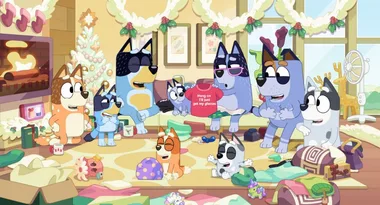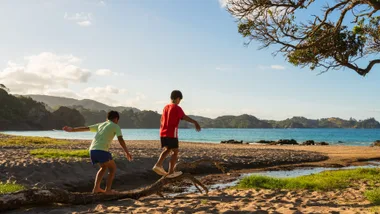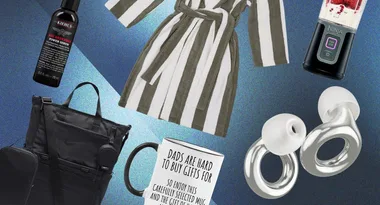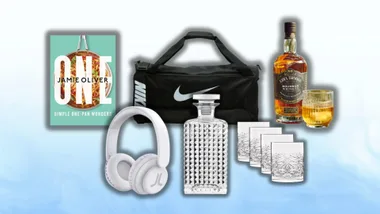Setting up good water-drinking habits for your child is essential. Drinking regularly throughout the day is important for every function of the body, including flushing toxins from the kidneys and gut and making the brain work at its best.
WATCH: Cute toddler plays with Prince Harry’s beard
Children who are not getting enough liquid will be tired and grumpy. And learning to drink water from an early age, rather than soft drink or juice, helps set up a good routine that prevents tooth decay and obesity.
But how early should you start giving your baby water? And what do you do if your baby won’t drink water or your toddler won’t drink water? We’ve answered all your questions.
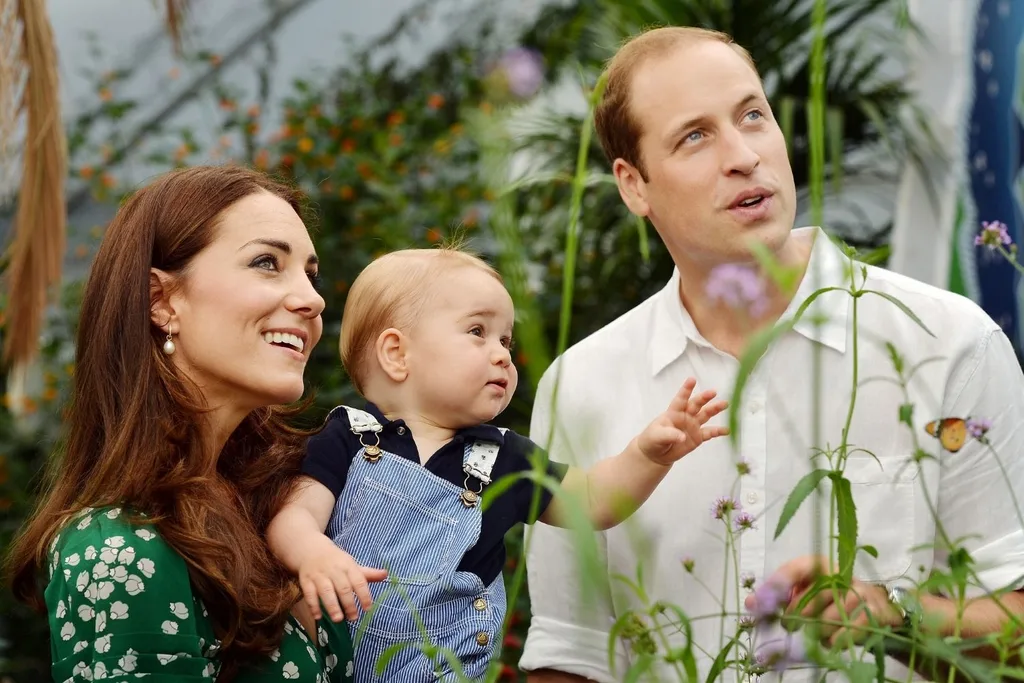
When can babies start drinking water?
How much water should a baby drink? Until a baby is six months old, you should only give them breast milk or formula. In fact, giving babies under six-months water can be dangerous.
But once you start your bub on solids, you can also offer them a little cooled, boiled water with each meal. Start with just a few sips, it can be from a spoon, and slowly build up to them drinking water from a cup.
Just make sure water doesn’t replace milk intake from breastfeeding or infant formula – as babies under 1-years-old need those nutrients – and note that too much water can make their stomach hurt. After the age of 12 months, they can regulate their own water intake and water straight from the tap is fine.

The Australian Department of Health says “Kids can dehydrate very quickly and get very sick if they don’t drink regularly throughout the day. Make sure there is always plenty of clean drinking water around for kids.”
Victoria’s Better Health site recommends children from 1-3 years old drink around four cups of liquid a day, depending on how hot the weather is and how much the kids are running around. The majority of this should be water.
Toddlers can get easily dehydrated as they are not great at realising when they are thirsty. Keep an eye out for signs like tiredness and moodiness, especially if they have been sick. Another sign is not peeing enough, they should go around six to eight times per day. If you are concerned, seek medical advice.
So, now you know how much should a baby drink, and you know signs to watch out for if they aren’t getting enough.
But so many parents say, “My baby won’t drink water” or “My 1-year-old won’t drink water.” How do you get your bub, who is used to the lovely sweetness of breast milk or formula, to actually develop a taste for water?
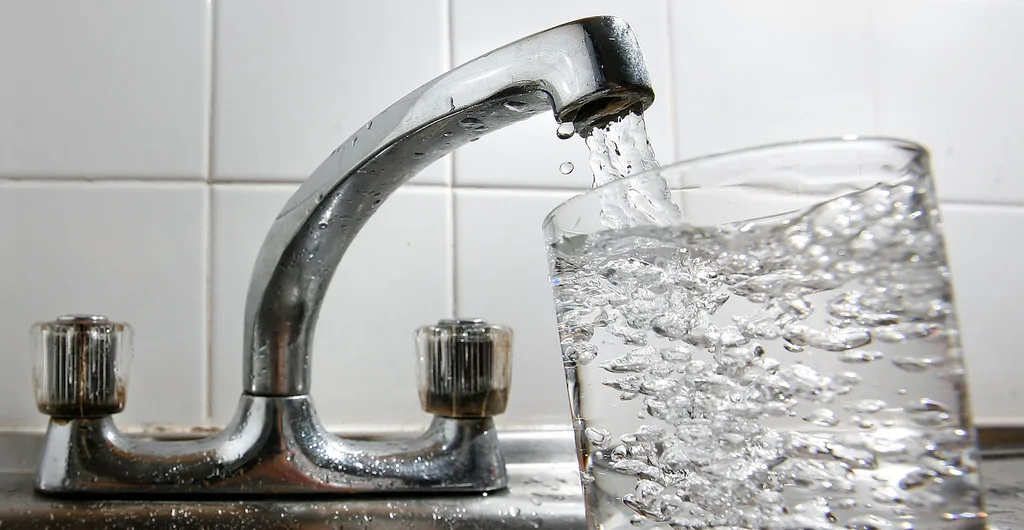
1. Keep water on tap
If water is offered regularly and is always available, your little ones are more likely to try it.
When they are old enough, let them choose their own water bottle/sippy cup and make a big deal about taking it everywhere – “Have we got your water bottle? Then we can go!”
To make it more special, you can decorate their favourite bottle with stickers related to the toddler’s interests: dinosaurs, stars, fairies etc.
At home, have a collection of different coloured cups to drink from, so that it’s not “Shall we drink water?” but “Which cup shall we drink water in today?” For variety, try using crazy straws.
It’s also a good idea to have a sippy cup of fresh water on the bedside table to offer a drink just before bed or when waking up in the morning.
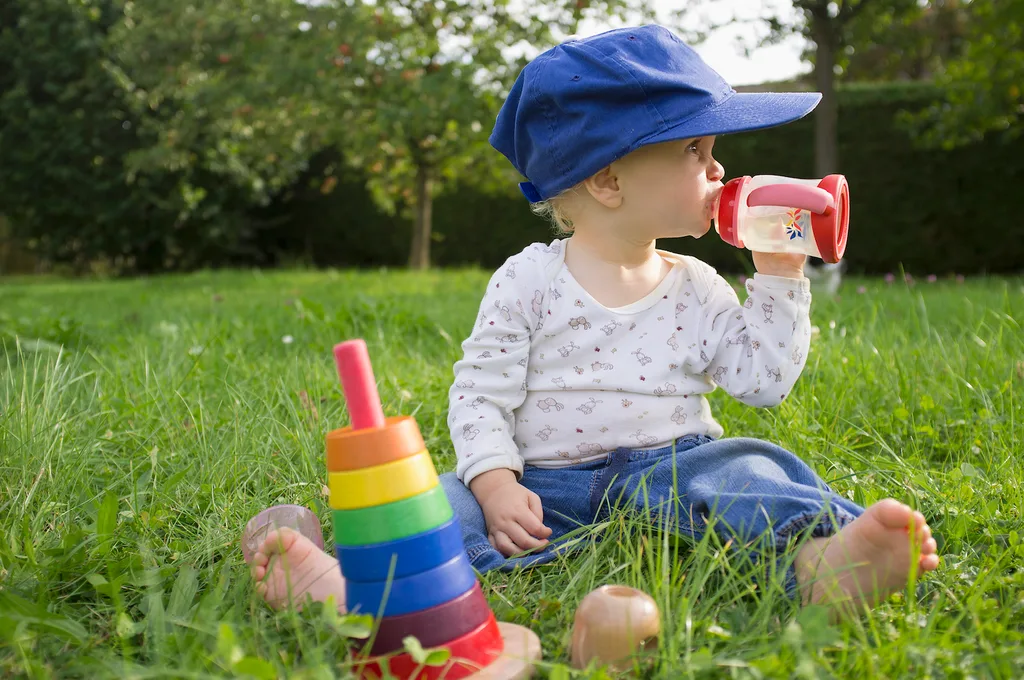
2. Try an occasional flavour boost
Every now and again you could add a slice of lemon, lime, cucumber, or ginger. Or even some mint or a squeeze of orange juice.
Involve your child by letting them choose, “What flavour shall we have today?” Or let them help by popping the fruit in the cup.
When young ones feel like they are given a choice and are in charge, they are more likely to give something a try. Don’t forget to offer plain water as one of the flavour options, so that they don’t feel like drinking plain water on it’s own is not as good.

3. Get fruity
Make water more appealing with the addition of fruit.
Try homemade popsicles made mainly with water but with fresh fruit frozen inside (blueberries and raspberries look pretty, halved grapes could work or kiwifruit slices), or make your own ice blocks with fruit juice or with bits of fruit in them to add to glasses of water. (Look for interesting shape ice block moulds – making them is an activity you can do together).

4. It’s all fun and games
Take the pressure off of getting them to drink by looking for ways to make drinking part of playtime.
For little ones, you could play a kind of peek-a-boo game where you take turns taking a gulp and make a funny face after you swallow, like a refreshing “ah!”
For older ones, you could count the number of sips together from 1-10, have special “Water Crowns” to wear when drinking, have a rewards chart for how many glasses they have.
While babies are still breastfeeding or drinking infant formula, how much water they take in is not as important as getting them to learn how to drink it, little by little.
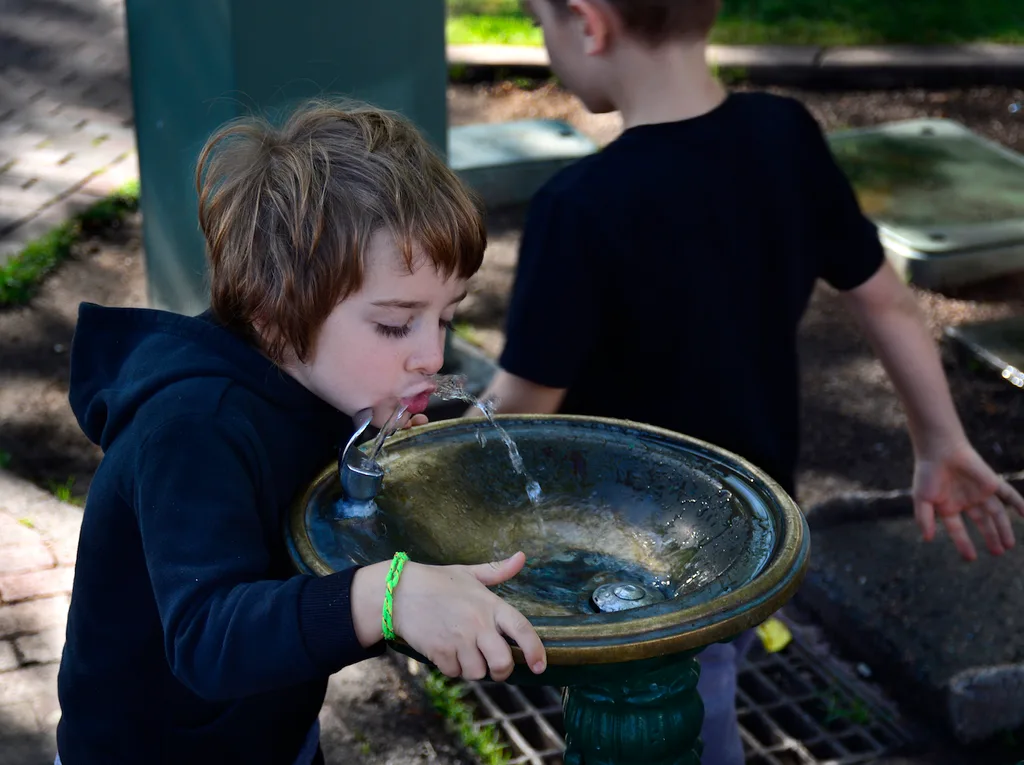
5. Get in a routine
Make a conscious effort to find ways to build in water drinking opportunities into you and your child’s day.
After brushing their teeth, “Let’s have some water to rinse out out our mouth.”
When arriving and leaving a playground, both you and your child should have a drink from the bubbler – it’s a new skill – or from a water bottle.
Anytime you get home or have done an activity like hanging out the washing, “We’ve had a busy day, let’s have a glass of water.” Make drinking water a reward for effort.
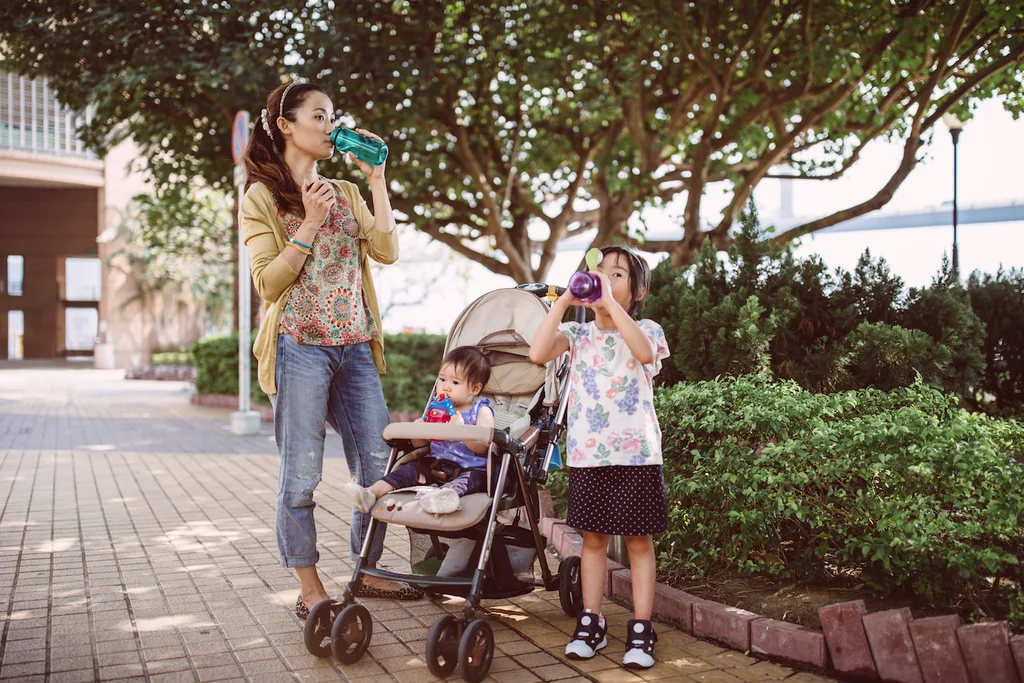
6. Model good behaviour
If your little ones see you drinking water instead of juice or soft drink, they are more likely to drink it too.
And if you are having a cuppa, like a coffee or a tea, don’t let that opportunity go to waste. Make them their special hot drink, such as a “hot” (well, warm) water with lemon or ginger and enjoy that time together. Great for tea parties!
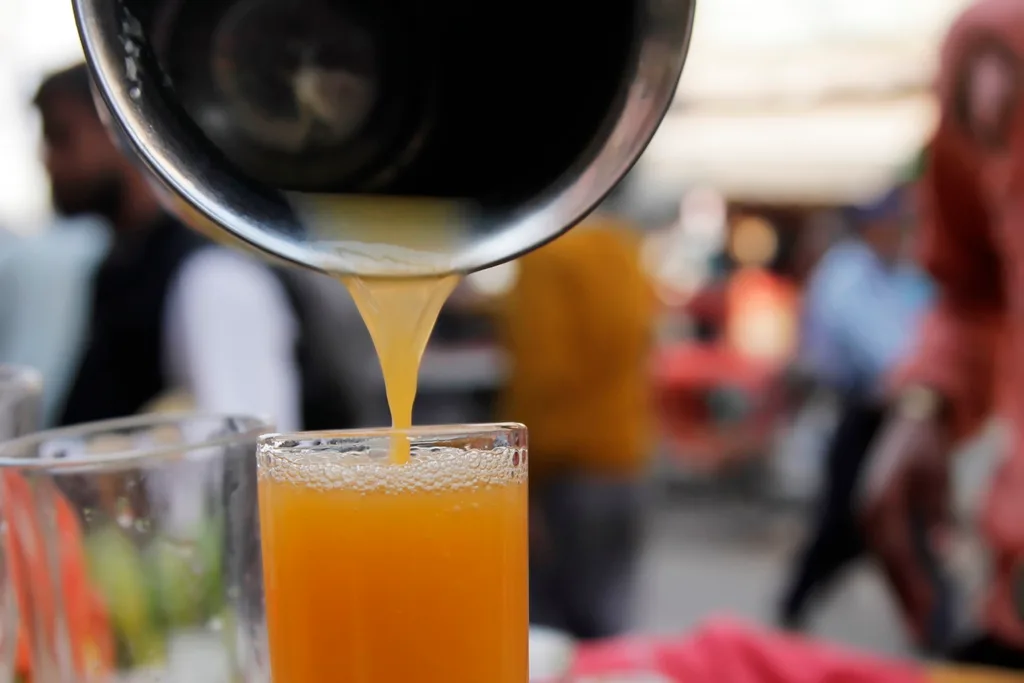
7. Less of the bad stuff
Just as you might cut back the amount of sugar suggested in cookie recipes or baking, if you are going to give them the occasional juice or soft drink, water it down. Try a half-half mix. They won’t miss what they don’t know.
Or have a special small glass for these kinds of drinks and save the big glasses for water.
Whatever you do, keep sweet drinks as an occasional treat, and definitely don’t offer them to a child refusing to drink water. Then they will always try and hold out for the alternative.
Remember, so called “healthy” juice can contain as much sugar as a soft drink. Juice can be drunk very quickly and has a high calorie content, so it may stop them eating their meals. And juice or cordial in a baby bottle is bad for their teeth.
If you do want to give them juice, try mixing some veggies with fruit in a NutriBullet. Then they get the benefit of the fibre in the pulp, and it’s hard to drink as much of this more filling liquid.
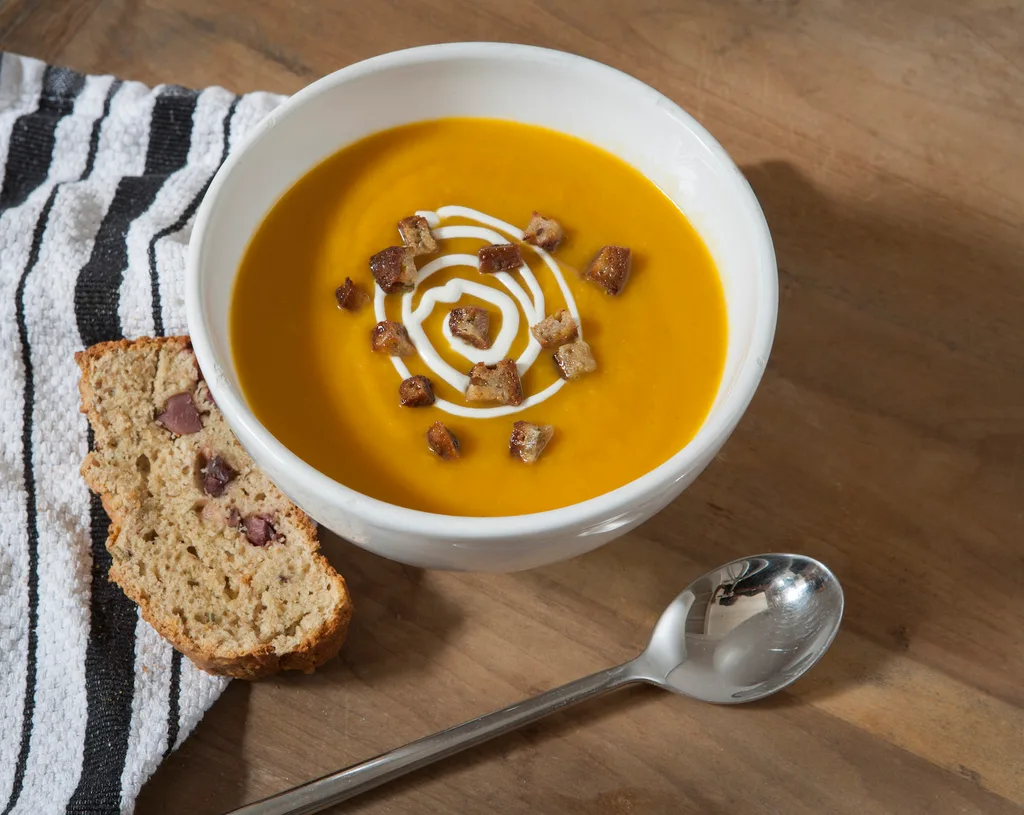
8. More of the good
Don’t forget soups, fruit cups, smoothies, drinking yoghurts and herbal teas can help to top up fluid intake. They are also a way to get more fruit and veggies into your bub. (Again, these should not replace an opportunity to drink straight water, and it is important to offer water with these items as well.)
Also, water-rich fresh fruits like strawberries and melons contain over 90% water, as do vegetables like lettuce.

When should I seek extra medical advice?
If your child seems healthy but refuses to drink water, just persist with the tips above and any other tricks you can think of.
If your child seems unhealthy or has been sick, then not drinking can be more of a concern.
The Royal Children’s Hospital Melbourne advises:
“Babies and young children are at greater risk of becoming dehydrated. If your child is under six months of age or has a chronic (long-term) illness, see your GP if you think your child is dehydrated.
“If your child shows signs of severe dehydration or you are concerned for any reason, see your GP or go to your closest hospital emergency department.”
And the site lists signs of dehydration as:
If your child is mildly dehydrated, they may have:
- dizziness or light-headedness
- nausea or headaches
- dark yellow or brown urine (wee) – urine should be pale yellow
- fewer wet nappies or nappies not as wet as usual; or older children will not go to the toilet as much
- dry lips, tongue, mouth or throat.
If your child has severe dehydration, they may be:
- extremely thirsty
- lethargic or less active than usual
- pale and have sunken eyes, tears may be absent when crying
- cold – especially their hands or feet
- breathing faster than usual and have a fast heart rate
- irritable, drowsy or confused.
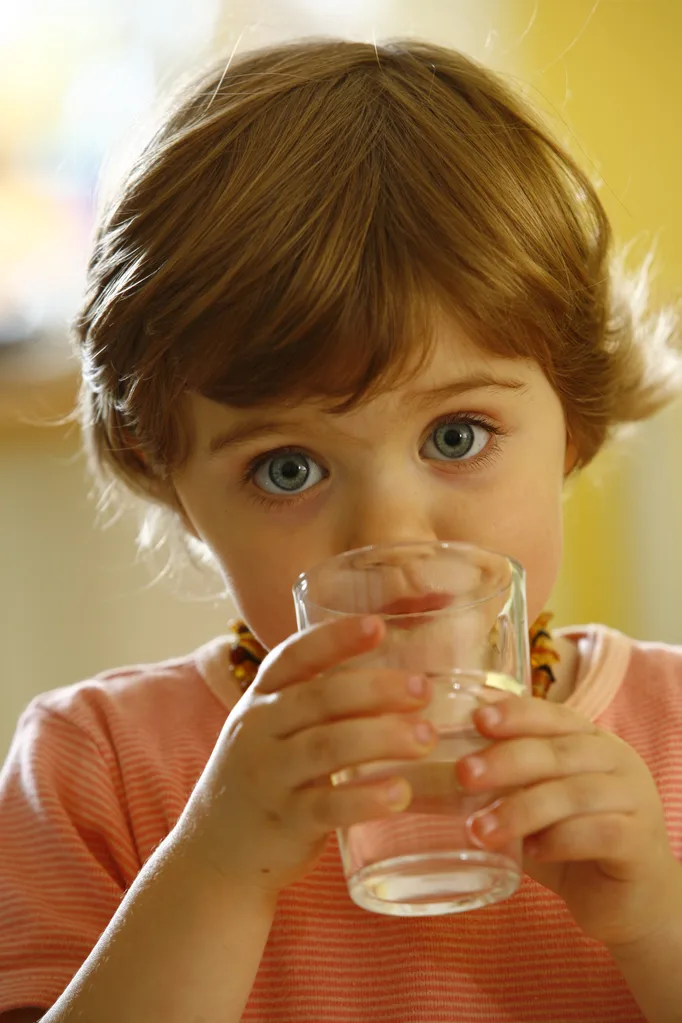
Last word
It can truly test your patience if your baby, toddler or 2-year-old won’t drink water. But don’t make it a battlefield and don’t back down and give them something else.
As Essential Baby says: “Don’t be tempted to give up and offer fruit juice instead, or it will be very hard to switch to plain water later.”
Just make sure water is always available and always on offer from a young age, that they see you drinking (and enjoying it), and that there is no other choice.
H20, go, go, go!

